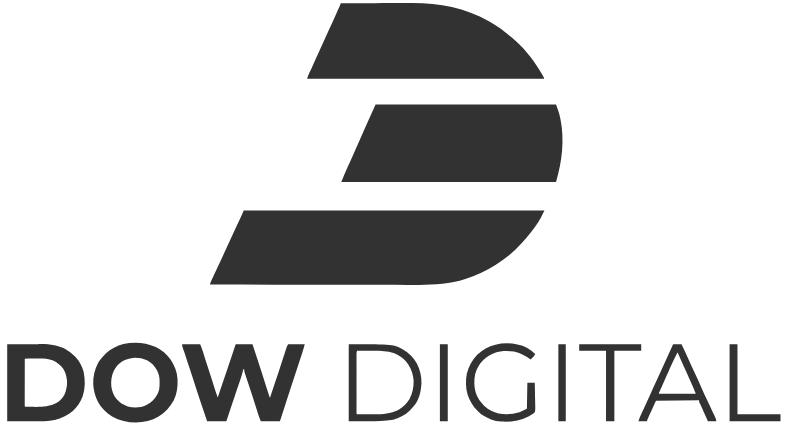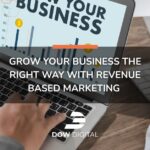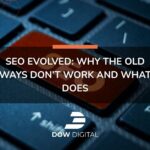Most businesses work with separate agencies for SEO and paid advertising, treating these channels like distant cousins at a family reunion. They might acknowledge each other’s existence, but they rarely collaborate meaningfully. This fragmented approach often leads to mixed messaging, competing keywords, and missed opportunities that could have amplified your overall marketing performance.
When your SEO company also manages your paid advertising campaigns, something remarkable happens. The deep understanding of your organic search performance, keyword insights, and content strategy suddenly becomes rocket fuel for your paid campaigns. Instead of two separate engines running at different speeds, you get a unified marketing machine that leverages data and insights across both channels.
The question isn’t whether this integrated approach works—it’s whether you can afford to keep your digital marketing channels siloed when your competitors might already be reaping the benefits of a unified strategy.
Enhanced Keyword Intelligence Across Channels
Your SEO company already possesses a treasure trove of keyword data that most paid advertising specialists never access. They understand which long-tail keywords drive your highest-converting organic traffic, which search queries indicate purchase intent, and which terms consistently underperform despite high search volumes.
When this same team manages your paid campaigns, they can immediately identify keyword opportunities that standalone PPC agencies might overlook. They know which organic keywords have strong search volume but face intense competition, making them perfect candidates for paid support. Conversely, they can spot which paid keywords might have untapped organic potential.
This intelligence sharing creates a feedback loop that benefits both channels. High-performing paid keywords can inform content creation strategies, while organic search data helps refine paid campaign targeting and bid strategies. The result is more efficient spend and better overall search visibility.
Streamlined Conversion Tracking and Attribution
One of the biggest challenges in digital marketing is understanding how different channels contribute to conversions. When you work with separate agencies, you often get incomplete attribution stories. Your SEO company reports organic conversions, your PPC agency claims credit for paid conversions, but nobody accurately tracks the customer journeys that involve both touchpoints.
An integrated approach solves this attribution puzzle. Your SEO company can implement comprehensive tracking that follows users across both organic and paid interactions, providing a complete picture of how search marketing drives conversions. This visibility enables better budget allocation decisions and more accurate ROI calculations.
For example, you might discover that users who first find you through organic search but convert after clicking a paid ad represent your highest-value customer segment. This insight could fundamentally change how you structure both your content strategy and your paid campaigns.
Unified Content Strategy for Maximum Impact
Content lies at the heart of successful SEO, but it also plays a crucial role in paid advertising performance. Ad copy, landing page content, and display creative all need to align with your organic content strategy to create a cohesive user experience.
When your SEO company manages paid advertising, they can ensure your messaging remains consistent across all search touchpoints. The blog topics they recommend for organic traffic can directly inform ad copy themes. The conversion-focused landing pages they optimize for organic search can serve double duty for paid traffic, eliminating the need to create separate page variations.
This unified content approach also improves Quality Scores in platforms like Google Ads. When your paid ads direct traffic to landing pages that are already optimized for relevance and user experience, your ad performance metrics improve, leading to lower costs per click and better ad positions.
Competitive Intelligence That Informs Paid Strategy
SEO professionals spend significant time analyzing competitor strategies, identifying content gaps, and monitoring search engine results page (SERP) changes. This competitive intelligence becomes incredibly valuable when applied to paid advertising campaigns.
Your SEO team already knows which competitors dominate organic results for your target keywords, what type of content performs best in your industry, and how search behavior changes throughout the year. When they manage your paid campaigns, they can use this knowledge to identify opportunities where paid ads can capture traffic that competitors are winning organically.
They can also spot when competitors launch major SEO initiatives that might affect your organic visibility, allowing them to quickly adjust paid campaigns to maintain your overall search presence. This proactive approach prevents traffic loss and maintains lead generation consistency.
Simplified Reporting and Strategic Decision Making
Working with multiple agencies means juggling multiple reporting dashboards, different metrics definitions, and conflicting strategic recommendations. Each agency naturally emphasizes the channels they manage, making it difficult to see the bigger picture and make informed decisions about resource allocation.
When your SEO company handles both organic and paid search, you get unified reporting that shows how all your search marketing efforts work together. You can see total search visibility, combined conversion rates, and overall return on search marketing investment. This comprehensive view makes it easier to identify what’s working and where to invest additional resources.
The strategic benefits extend beyond reporting. Instead of mediating between agencies with different priorities, you work with a single team that optimizes for your overall search marketing success. They can recommend shifting budget from paid to organic initiatives when it makes sense, or vice versa, based on performance data and market conditions.
Case Study: Integrated Approach Drives 40% Improvement in Lead Quality
A B2B software company approached Dow Digital with separate SEO and PPC agencies that weren’t communicating effectively. Their organic traffic was growing, but lead quality from paid campaigns was declining. The disconnect between organic content strategy and paid landing pages was creating mixed messages that confused potential customers.
After consolidating both channels under our management, we implemented several key changes:
- Aligned paid ad copy with top-performing organic content themes
- Used organic search query data to identify high-intent paid keywords
- Created landing page variants that served both organic and paid traffic
- Implemented cross-channel conversion tracking to understand full customer journeys
Within six months, the integrated approach delivered a 40% improvement in lead quality scores and a 25% reduction in cost per acquisition for paid campaigns. More importantly, the alignment between organic and paid efforts created a more cohesive brand experience that improved overall conversion rates across both channels.
Revenue-Based Pricing Aligns Incentives with Your Growth
Traditional digital marketing agencies typically use retainer or percentage-based pricing models that don’t always align with your actual business outcomes. At Dow Digital, our revenue-based pricing model means we only succeed when you succeed. This alignment becomes even more powerful when we manage both your organic and paid search efforts.
Instead of optimizing for vanity metrics like clicks or impressions, we focus on the metrics that matter most to your business: qualified leads, conversion rates, and revenue growth. When we manage both SEO and paid advertising, we can make strategic decisions about channel allocation based on what drives the best business results, not what makes our individual channel metrics look better.
This approach has proven particularly effective for businesses with longer sales cycles or complex customer journeys. We can invest in organic content that nurtures prospects over time while using paid campaigns to capture high-intent traffic ready to convert immediately.
The Competitive Advantage of Integration
The digital marketing landscape continues to evolve rapidly, with search engines increasingly sophisticated in how they evaluate website quality and user experience. Businesses that maintain siloed approaches to SEO and paid advertising will find themselves at a disadvantage against competitors who leverage the synergies between these channels.
The integration advantage goes beyond simple efficiency gains. When your SEO company manages your paid advertising, you get access to strategic insights and optimization opportunities that standalone agencies simply cannot provide. You also get a partner who understands your business deeply and can adapt strategies quickly as market conditions change.
Consider taking the first step toward integrated search marketing by evaluating your current agency relationships and identifying opportunities for better channel coordination. The businesses that master this integration now will be the ones capturing market share as digital marketing becomes increasingly competitive.
Your search marketing success depends not just on how well you execute individual tactics, but on how effectively you coordinate your efforts across all channels. When your SEO company runs your paid ads, you’re not just getting another service—you’re getting a competitive advantage that compounds over time.







